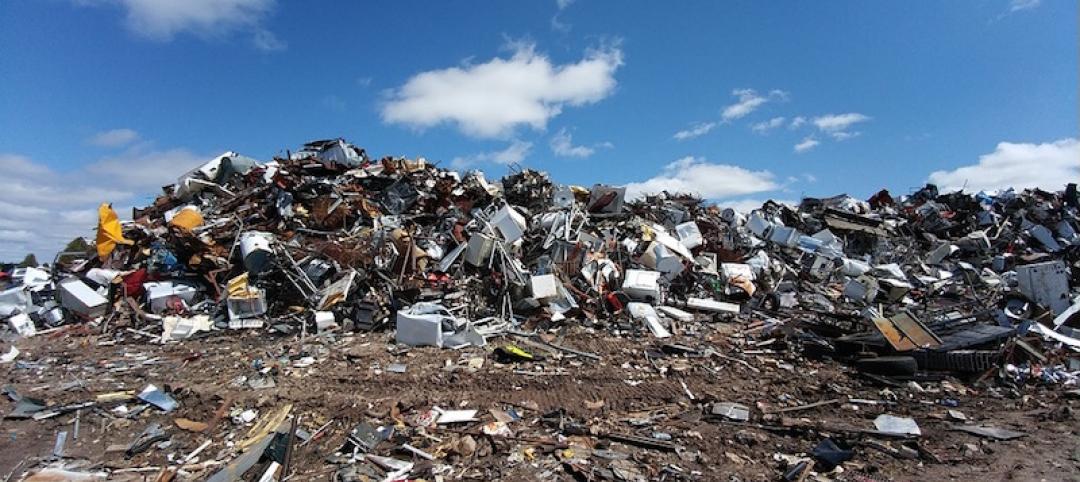Recent findings from the Better Buildings Partnership raise serious questions about the efficacy of energy efficiency ratings used in the United Kingdom.
The study found that buildings that have received the highest rating—an A Energy Performance Certificate—use more energy than some of their peers rated C, D, E, or F. The analysis of self-reported energy data in 2020 for more than 1,100 commercial properties found that the median energy intensity for all B-rated buildings is higher than for C-rated buildings.
The disparity between how buildings are designed and their actual greenhouse gas emissions is widespread in the U.K. The findings are in line with past evidence that green building certifications based on predicted energy use don’t necessarily translate to energy savings in the field.
Some studies have found that LEED certification yields better energy efficiency, but others have found that certified buildings use more energy than non-certified buildings. The U.S. Green Building Council maintains that its own research shows certified buildings are overall more efficient.
Part of the explanation for the disparity between ratings systems and real-world results could be due to the limitation of assessments that only predict potential energy efficiency. In practice, building management systems may not be set up or used properly. In addition, people sometimes undo the efficiency design by bringing fans into buildings or installing additional air conditioners.
Related Stories
Codes and Standards | Jan 25, 2018
OSHA penalties for violations increase
Fines adjusted for inflation in the New Year.
Codes and Standards | Jan 23, 2018
Disaster mitigation strategies that exceed code could save billions
Four dollars saved for every dollar spent, says NIBS report.
Codes and Standards | Jan 19, 2018
U.S. construction fatalities rose 6% in 2016
Falls accounted for 39% of deadly accidents.
Codes and Standards | Jan 18, 2018
Record storm surge in Boston prompts renewed calls for flood mitigation infrastructure
Newer buildings constructed in flood zone fared well.
Codes and Standards | Jan 17, 2018
Green Building Initiative acquires global rights to Green Globes from JLL
Transaction allows GBI to expand operations to Canada and elsewhere.
Codes and Standards | Jan 16, 2018
Engage code officials early for better building performance, predictable enforcement expectations
White paper says code officials should be collaborators and facilitators.
Codes and Standards | Jan 12, 2018
Arlington County, Va., earns first LEED for Communities Platinum Certification
Honor recognizes efforts to reduce greenhouse gas emissions, manage stormwater.
Codes and Standards | Jan 11, 2018
TRUE Zero Waste provides roadmap to divert waste away from landfills
USGBC program signs on more than 130 companies or facilities for certification.
Codes and Standards | Jan 10, 2018
Sliding-scale proposal for civil damages resulting from construction fatalities, injuries draws ire of trades
New York City Council proposal puts limits on penalties for safety violations leading to death, serious injury.
Codes and Standards | Jan 9, 2018
Federal appeals court orders EPA to revise lead standard within a year
Current exposure levels for lead in paint and dust have been in place for 17 years.

















